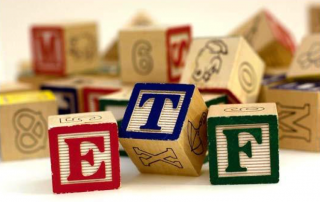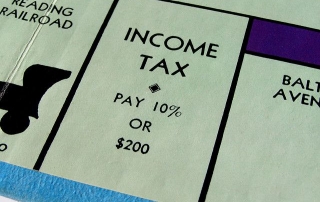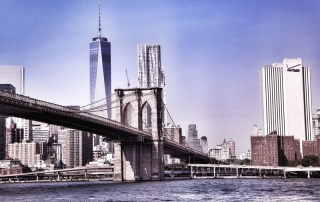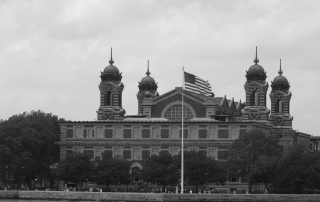A Primer on Stocks and Flows (Part 1)
Harvey Gram
May 18, 2018
Understanding the difference between stocks and flows is essential for interpreting income, wealth, deficits, and national accounts. This primer explains how balance sheets and flow accounts interact in households, governments, and the broader economy.






